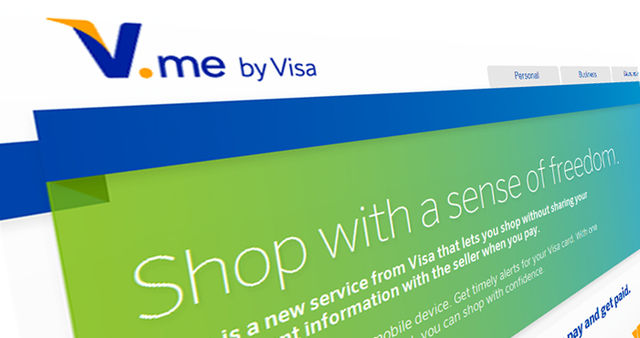
On November 13th, V.me, a “digital wallet” that holds multiple payment cards in a virtual repository, just ended its beta-testing. Instead of providing card numbers to make online payments, customers just simply enter a username and a password.
The amounts of credit and cash that the largest payment networks process exceeded $15 trillion last year (see graph below), indicating huge potential in the payment network industry.

This innovative technology will sooner or later cause an entire paradigm shift in the credit card industry. The best strategies that current credit card companies should take into consideration are 1. add more online services to plastic cards in order to make it seem more attractive. It will take some time to completely phase out plastic cards, so this strategy is still necessary to most companies. 2. Put large amounts of energy and funds into the field of virtual wallets. Virtual wallets are efficient, eco-friendly, and closely tied in with the technology craze. Although the cost of replacing credit card processing equipment is significant and will halt the process, the takeover of virtual wallets is inevitable. Therefore, credit card companies should put most of their effort into product innovation and try to discover effective points of differences in this new field in order to gain a competitive advantage.
Works Cited:
“Credit-card companies: War of the virtual wallets.” The Economist – World News, Politics, Economics, Business & Finance. 18 Nov. 2012. <http://www.economist.com/news/finance-and-economics/21566644-visa-mastercard-and-other-big-payment-networks-need-not-be-victims-shift>.







